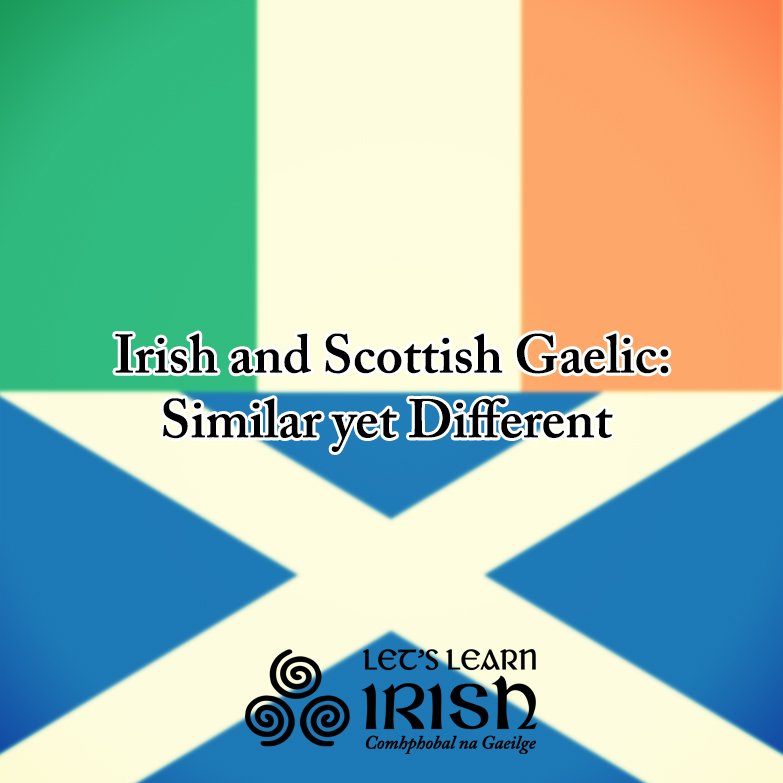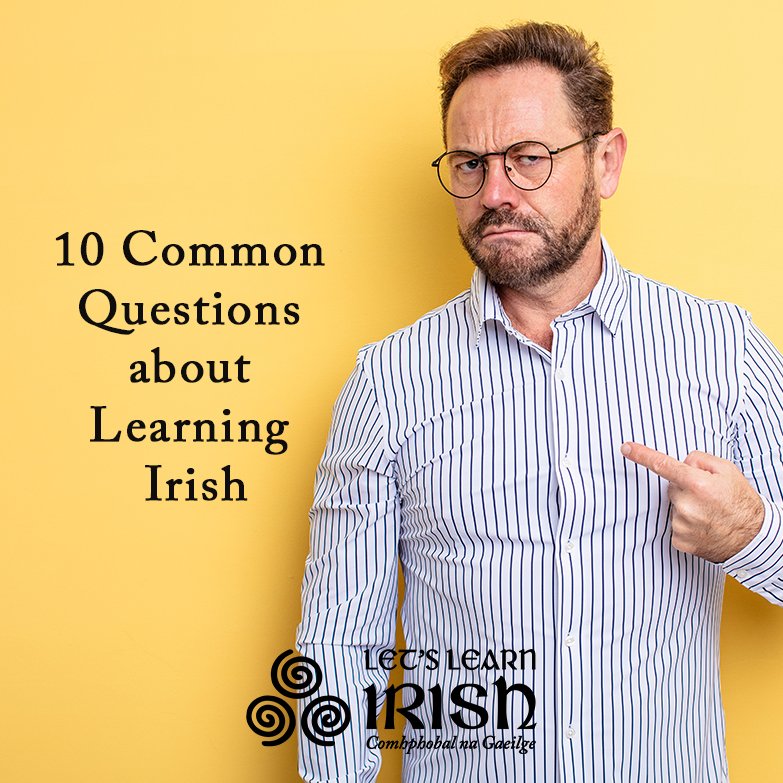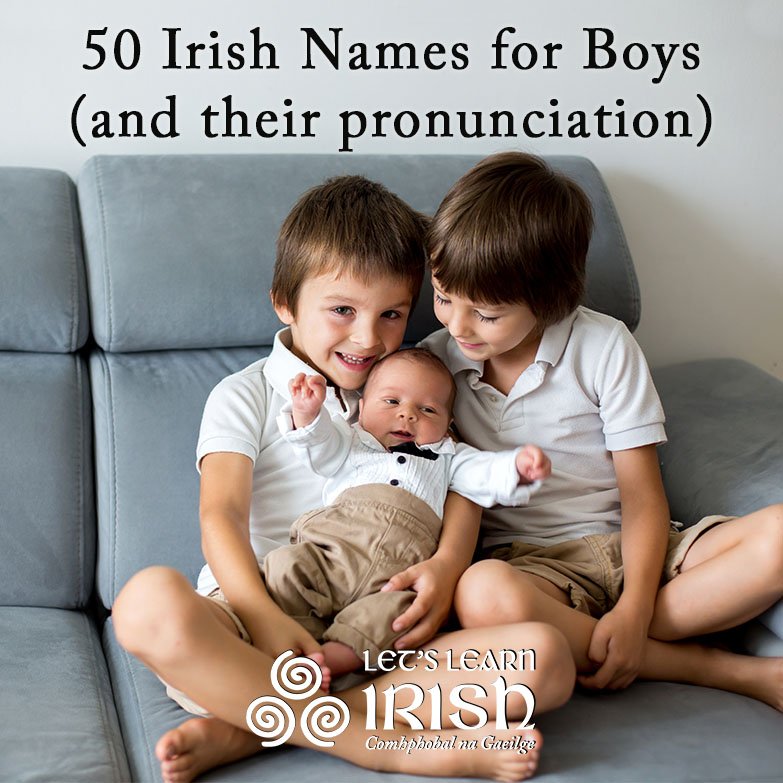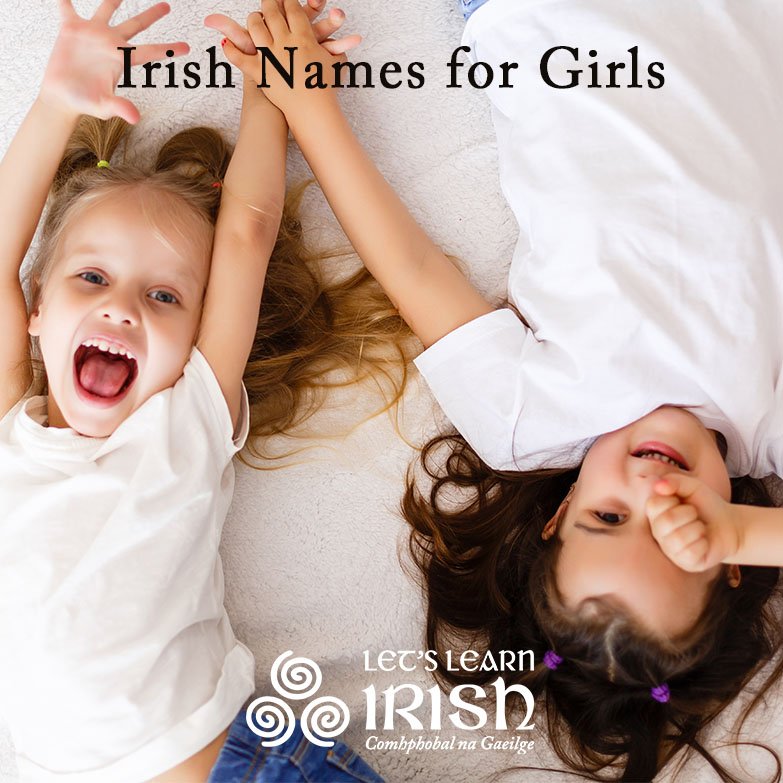Gaelic vs. Irish: The History of Each Term
 It’s a common experience: You might be telling someone that you’re learning Irish or describing an encounter with the language, and that person looks at you with a blank face and says, “By ‘Irish,’ do you mean ‘Gaelic’”?
It’s a common experience: You might be telling someone that you’re learning Irish or describing an encounter with the language, and that person looks at you with a blank face and says, “By ‘Irish,’ do you mean ‘Gaelic’”?
Confusing these terms is an understandable mistake to make, and one that is probably more common outside of Ireland. Is it Gaelic? Is it Irish? Are they the same thing? And what about Scots and the other Celtic languages? It’s time to set the record straight regarding Gaelic vs. Irish.
The Difference Between Irish and Gaelic

In simple terms, the native language spoken in Ireland is called Irish. It is generally not specific enough to call the language Gaelic, and in Ireland folks tend to be insistent that it’s specified as Irish.
Gaelic, on the other hand, defines a broader group of languages, from which Irish evolved. Additionally, the word Gaelic is an adjective that describes the people and culture of the island. For example, the body that deals with specific Irish sports such as football, hurling and camogie is called the Gaelic Athletic Association (GAA).
There are, probably, two principal sources of confusion for the terms Gaelic vs. Irish. The first, as noted above, is that the term Gaelic is often used as an adjective. The second is that the Irish word for the Irish language is Gaeilge, similar to the English word Gaelic.
The Evolution of Gaelic Languages
The exact origins of the Celts are debated, but some scholars suggest evidence that dates them to the late Bronze Age. By 275 BCE they controlled much of what is now modern day Europe and parts of Asia. Presently, Celtic languages are still spoken in parts of Ireland, United Kingdom and France.
Linguistically, Celtic languages are broken down into two groups: Insular Celtic and Mainland Celtic languages. Mainland Celtic languages, such as Gaulish, have long been extinct due to the expansion of the Roman empire. Insular Celtic, however, survived on the peripheries of Roman influence.

Insular Celtic languages can be further divided into the two subfamilies of Gaelic and Brythonic. Gaelic (or Goidelic) includes Irish, Scottish Gaelic and Manx, whereas Brythonic consists of Welsh, Breton and Cornish. While all six languages are in use today, Manx and Cornish were both revived after the last native speakers passed away.
As mentioned, the distinction of Gaelic vs. Irish is an important one, because Gaelic technically refers to three separate languages.
A Brief History of Irish

The Celts arrived in Ireland sometime around 500 BCE, but the earliest surviving evidence of their language dates to approximately the 4th century. This early writing was in Primitive, or Archaic Irish and found on ogham stones used to mark territory and gravesites. It was similar to the language used by the Gauls on mainland Europe.
Old Irish, predominant in the 6th to 10th century, was found in annotations written in religious and grammatical Latin manuscripts. It is believed that during this time Irish became one of the first European languages – in addition to Latin and Greek – in which a sizable amount of literature was produced. Scholars believe Ireland experienced a Golden Age of relative high culture during this period.
Middle Irish, the eventual predecessor to the Gaelic languages, was spoken in Ireland from the 10th to the 12th or 13th century. During this time the island was under constant attack by the Vikings, and some scholars believe this stress may be the cause of Middle Irish’s simplification in its inflection.
Early Modern Irish was spoken from the 13th to 18th century in both Ireland and Scotland, eventually splintering into the three Gaelic languages, including Modern Irish.
The Future of Irish
Having already seen two Celtic languages go out of use in the modern area, it is clear that the preservation of Irish requires a conscious effort. However, the language has experienced a cultural revival in the recent past, on account of both younger generations of Irish people putting value on it, as well as the concerted endeavor of those abroad to learn the language.
 When Ireland first joined the European Union in 1973, Irish became a Treaty language, meaning that only treaties were translated. The language was granted official status in the EU in 2007, and became a fully official and working language in 2022 This means that all official documents from the EU across all of its institutions, including laws and meetings of minutes, must now be translated into Irish, and MEPs may address the Parliament and other meetings in Irish. It now enjoys the same status as any of the other 24 official languages of the European Union.
When Ireland first joined the European Union in 1973, Irish became a Treaty language, meaning that only treaties were translated. The language was granted official status in the EU in 2007, and became a fully official and working language in 2022 This means that all official documents from the EU across all of its institutions, including laws and meetings of minutes, must now be translated into Irish, and MEPs may address the Parliament and other meetings in Irish. It now enjoys the same status as any of the other 24 official languages of the European Union.
At home, various governmental efforts have been enacted to help encourage its growth. Most recently, in 2021, the Official Languages (Amendment) Act was passed, which requires 20% of new public service employees to be competent in the Irish language by 2030.
Now, you not only know the difference between Gaelic vs. Irish and the respective backgrounds of each term, but also what’s at stake in learning Irish. You’re not only participating in the distinct culture of a group of people, but keeping centuries of history alive.
Join the online Irish community for Cúrsaí, Comhrá & Ceardlanna,
and follow along on social media @LetsLearnIrish – beidh fáilte romhat!





